For Japan, the 15th century was a period of considerable complexity. At that time, the feudal lords held absolute authority. Feudal landowners were permitted to own land and support their armed forces. In such situations, Japanese ninjas are helpful. Succeeding adversaries with their talent and adaptability, they were regarded as formidable combatants. They are currently considered one of the most popular characters in video games. A multitude of instruments and weapons assisted them in this endeavour. In that era, what was the ninjas’ arsenal?
Ninjas of Japan constituted an armed organisation. They executed various combat manoeuvres and accumulated pertinent intelligence on the adversary—additionally, ninjas engaged in audacious acts of espionage and subversion. Japanese ninjas were not subservient to feudal lords and could complete any mission for one who approached them. What enabled them to maintain such secrecy and stealthy?
Curved for Carnage: The Katana – Samurai’s Emblem of Deadly Elegance
The katana is the most recognisable weapon of the samurai. The katana has a conventionally curved blade. This form aids in the enhancement of the sword’s equilibrium. Typically, the katana blade measures 60–70 centimetres in length and 3–2 cm in width.
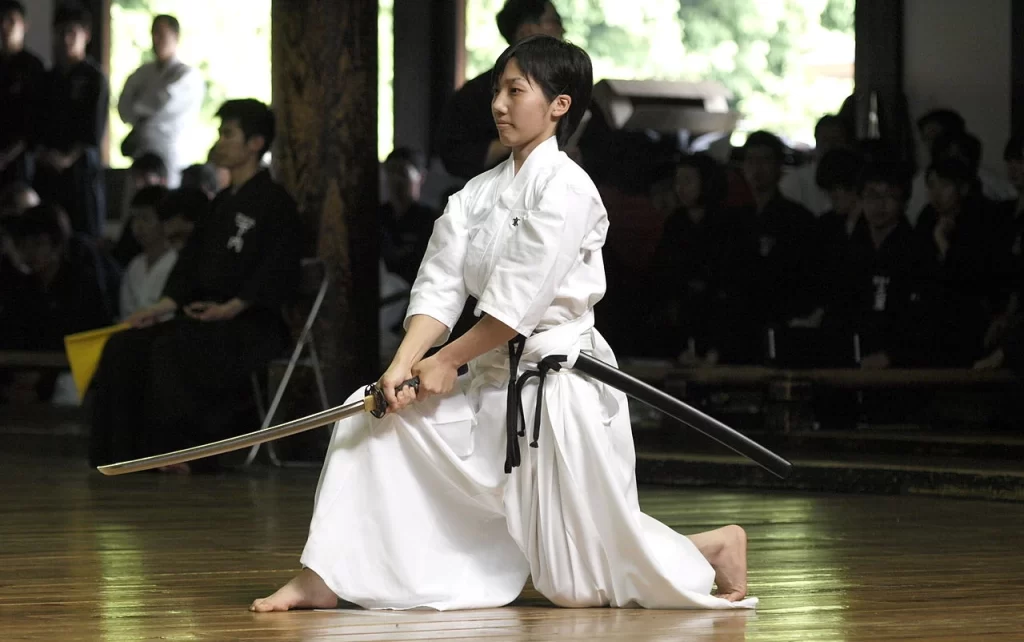
The katana of a samurai is an exceptionally perilous armour. It enables the delivery of a lethal strike with minimal exertion. Upon its initial conception, the katana was crafted from an accumulation of steel layers. After the forging process, the Japanese katana was meticulously polished to achieve a flawless exterior. This contributed to the weapon possessing a uniform and straight edge. Numerous individuals associate ninjas with the katana, which was emblematic and characteristic of warriors during that period.
Fukiya Frenzy: The Blowgun – Ninja’s Pocket-Sized Poison Powerhouse
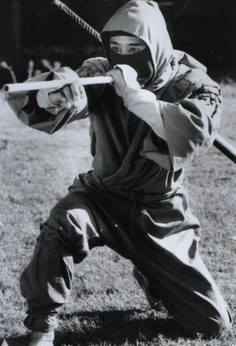
Additionally, the fukiya was a weapon that was used frequently. A blowgun, the fukiya, could be used by a ninja to fire projectiles. For greater potency, darts were typically coated with a toxic substance. The fukiya measured approximately 50 centimetres in length, which precluded long-range firing. Ninjas were required to approach the adversary before employing this weapon. There are even competitions for blowgun marksmanship in contemporary Japan. Individuals with an interest in Japanese culture predominantly appreciate this sport. They perceive it as being analogous to our archery.
Kusari-Fundo Fury: The Chain Weapon That Strangled and Sliced from Afar
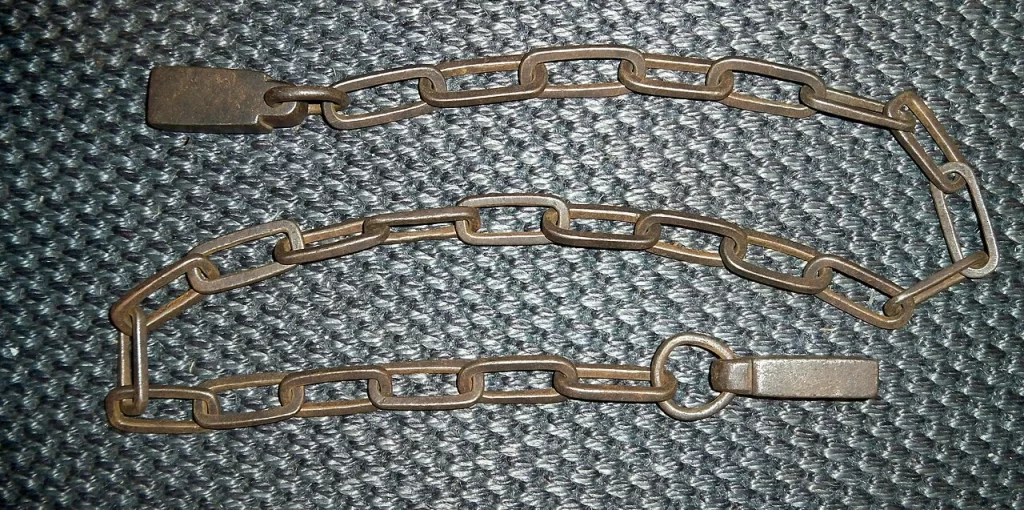
An additional prevalent weapon was the kusari-fundo. This category of weaponry comprised a three-meter-long, standard chain to which a weight was affixed. This unusual chain was worn by Japanese ninjas on their belts or concealed beneath their garments to evade detection by the enemy. It is noted that close combat was the primary application of the kusari-fundo. When a ninja encountered a difficult circumstance, they could employ this chain to defend and assault from a comparatively considerable distance.
Some combatants employed the chain as a defensive mechanism. By erecting a barrier with their kusari-fundo, ninjas could prevent their adversaries from penetrating. An attack could also be launched against such a chain. If causing the opponent to collapse was the objective, the ninja would bind their legs to the chain and pull it sharply. The kusari-fundo was an effective weapon that Japanese samurai found helpful in various situations.
Kusarigama Carnage: The Sickle on a Chain – Ninja’s Reaper in Disguise
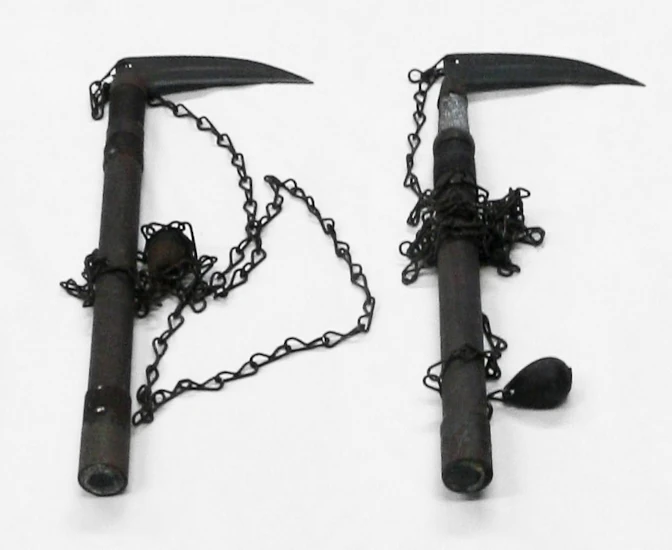
Additionally, the kusarigama became well-liked by combatants. Although constructed in the manner of the kusari-fundo, this weapon was notable for its pointed sickle affixed to the extremity of the chain. A ninja could not only defend with such a weapon but also execute a successful counterattack and eliminate the opponent instantly. However, the ninja was required to undergo extensive training before wielding such a complex weapon, as an attack could potentially injure both the adversary and the practitioner.
Tekko-Kagi Terror: The Ninja’s Metal Claws – Lethal Elegance in Close Quarters
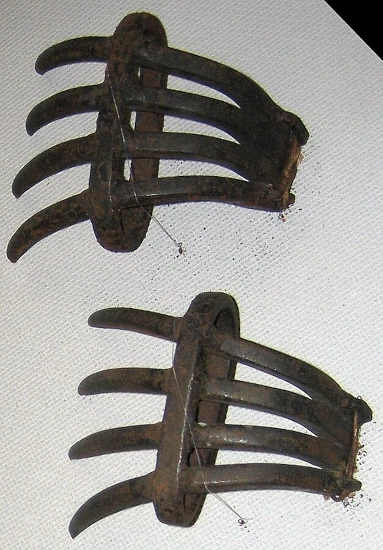
Additionally, seasoned combatants employed tekko-kagi in combat. Metal talons were an all-purpose implement that could be used offensively and defensively. The concealability of tekko-kagi was an obvious advantage. They might be concealed within an article of apparel or a pocket. Highly skilled ninjas could utilise metal claws to scale structures or trees. Despite this, not every ninja used them because of their difficult implementation. The tekko-kagi were excessively pointed, posing an inherent danger of self-injury by accident.
Shuriken Stars of Death: How Ninjas Rained Steel Havoc on Unsuspecting Foes
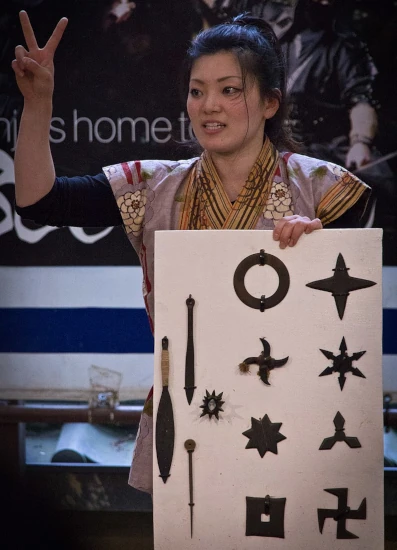
Ninjas’ most renowned implement is the Shuriken, or hurling stars. This weapon had a traditional form characterised by its pointed apex.
Ninjas could conceal Shuriken beneath their garments and summon a hurling star when necessary. These weapons typically featured additional spikes for effective combat. Skilled combatants utilised Shuriken as a defensive measure as well. They could launch them so the star would deflect a projectile launched by an opponent as it rebounded off a surface. Typically, ninjas threw multiple shurikens simultaneously while observing the foe’s reaction. Succeeding to survive such assaults was an uncommon occurrence.
An additional prevalent weapon was the kunai. This instrument was made from agricultural implements. Initially, ninjas used it to punch openings in walls; however, they eventually enhanced it by affixing a rope to one end. This enabled them to swiftly retrieve the kunai and resume the process of puncturing walls.
Blindsided in Battle: Ninja’s Dust of Dismay
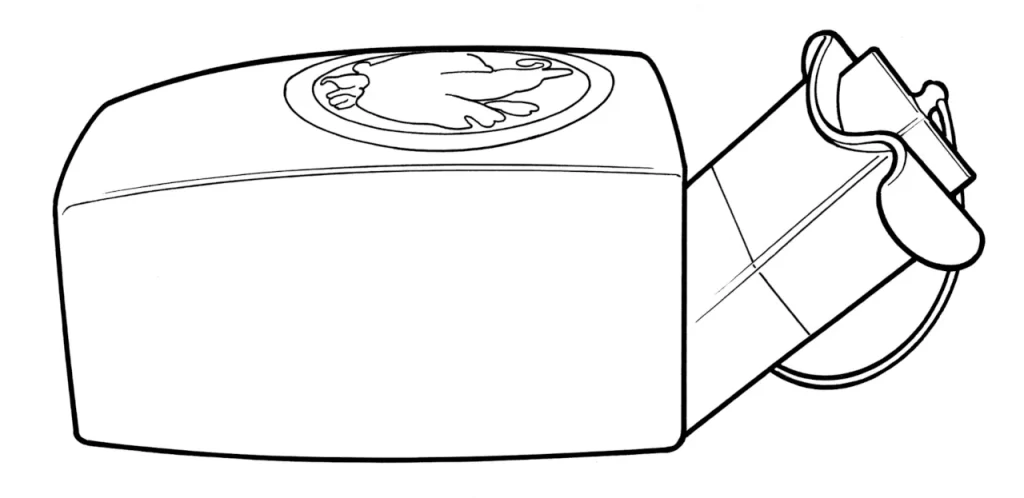
Metsubushi was used actively in combat as well. The substance known as Metsubushi is capable of severely blinding an opponent. Typically, it was preserved in hazelnuts or eggs. In the past, even fine glass, pepper, ash, and soil could be ground into metsubushi by ninjas.
Ring of Terror: Ninja Jewelry Packed a Punch (and Poison)
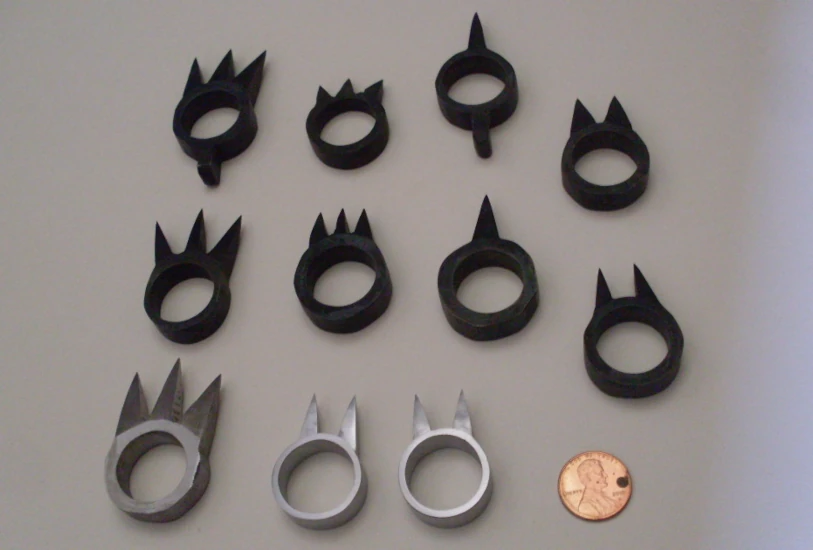
Numerous ninjas adorned their middle digits with kakute. These rings commonly featured inwardly pointing barbs and were always available for use against foes. These ornaments were historically dipped in poisonous substances.
Japanese ninjas possessed an arsenal of nearly inexhaustible weapons. Armed combatants were proficient in virtually every tactic necessary to incapacitate an adversary. Numerous seasoned ninjas employed almost their complete arsenal during combat. An adversary confronting a Japanese warrior directly encountered formidable odds of withstanding the battle.
